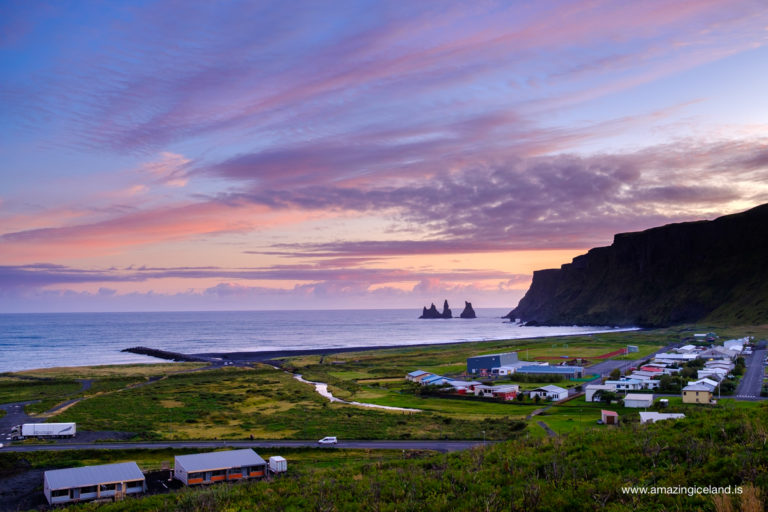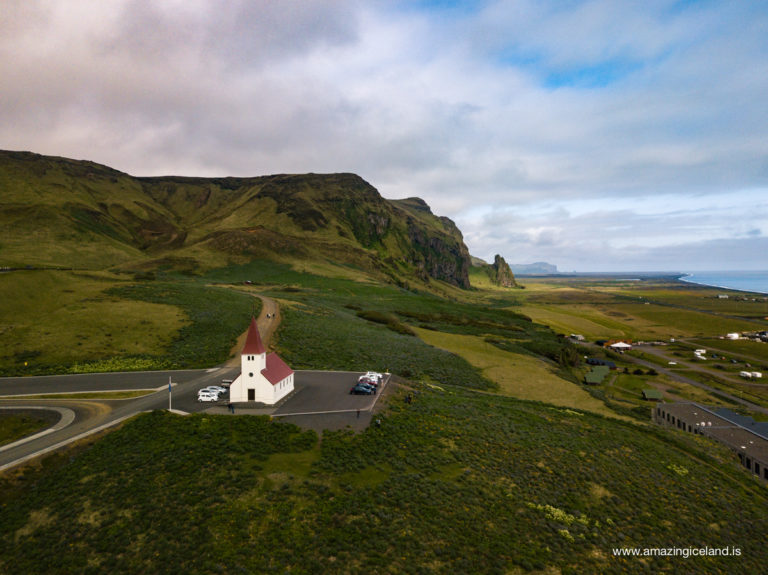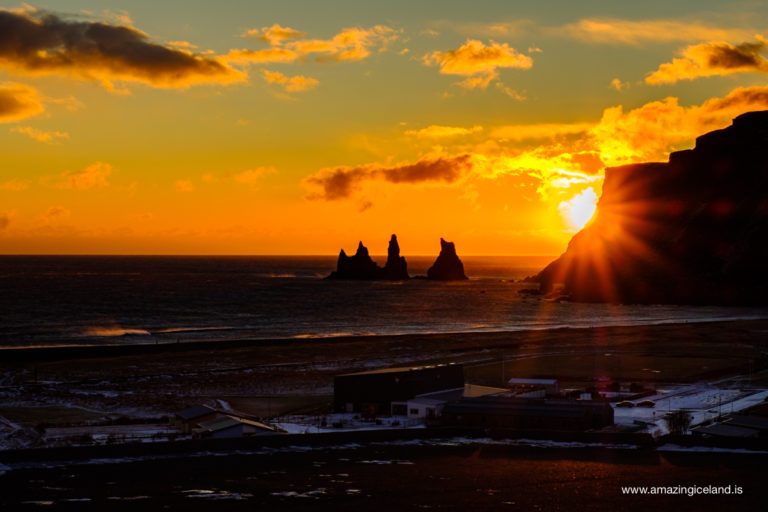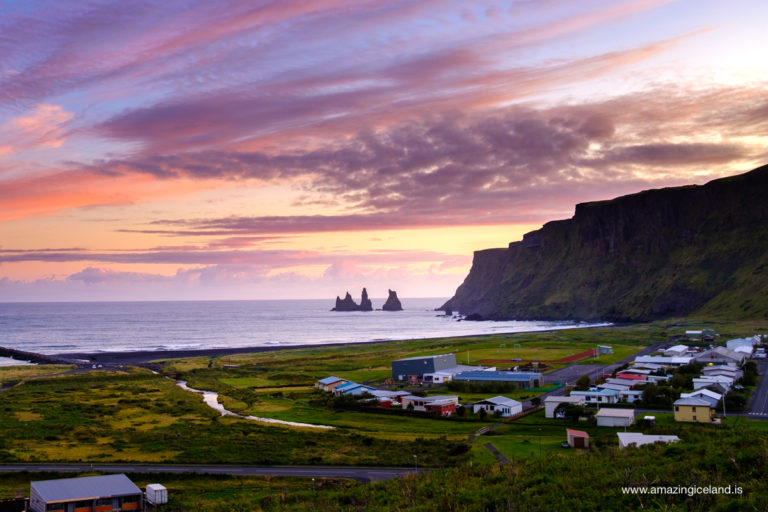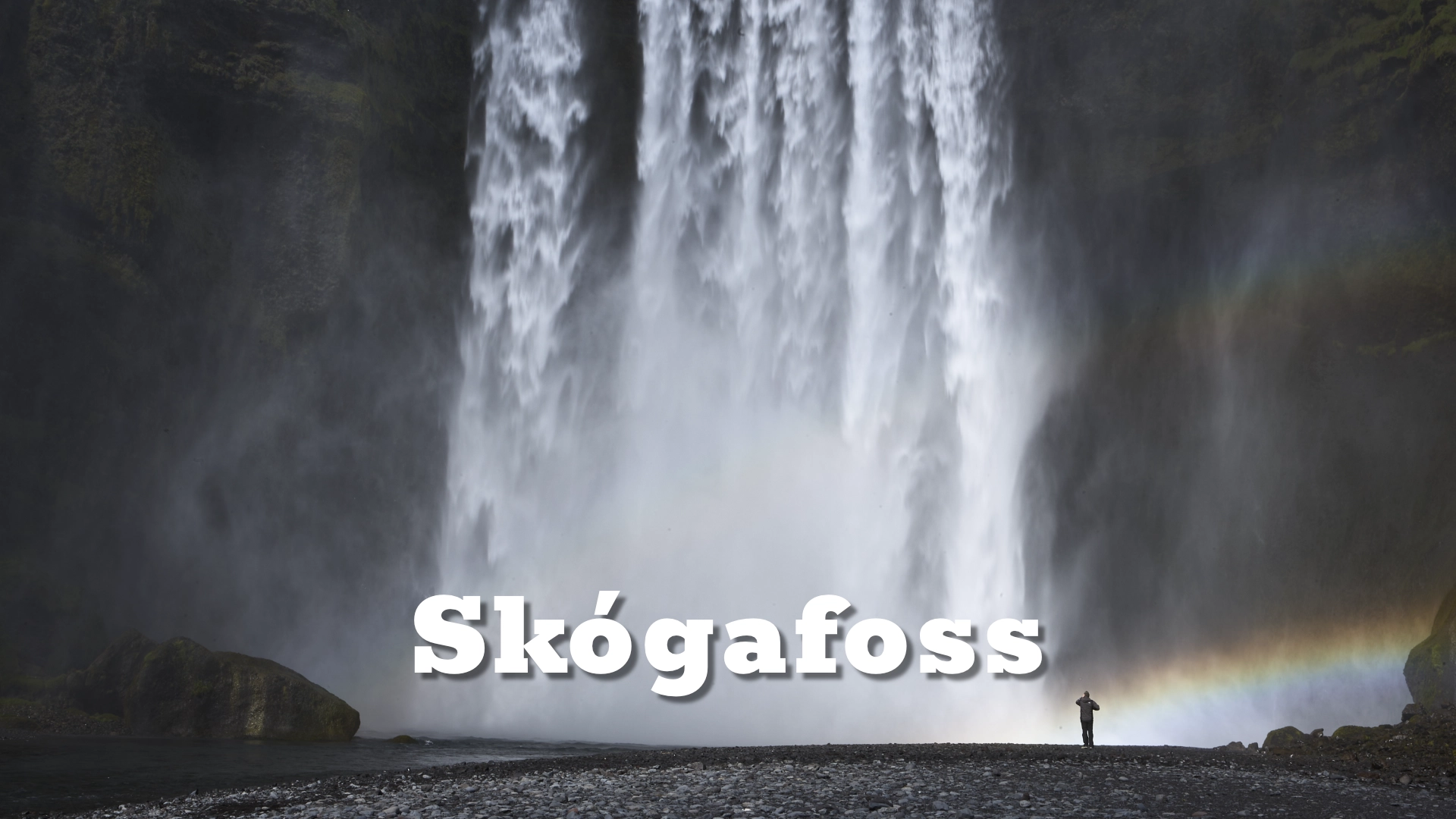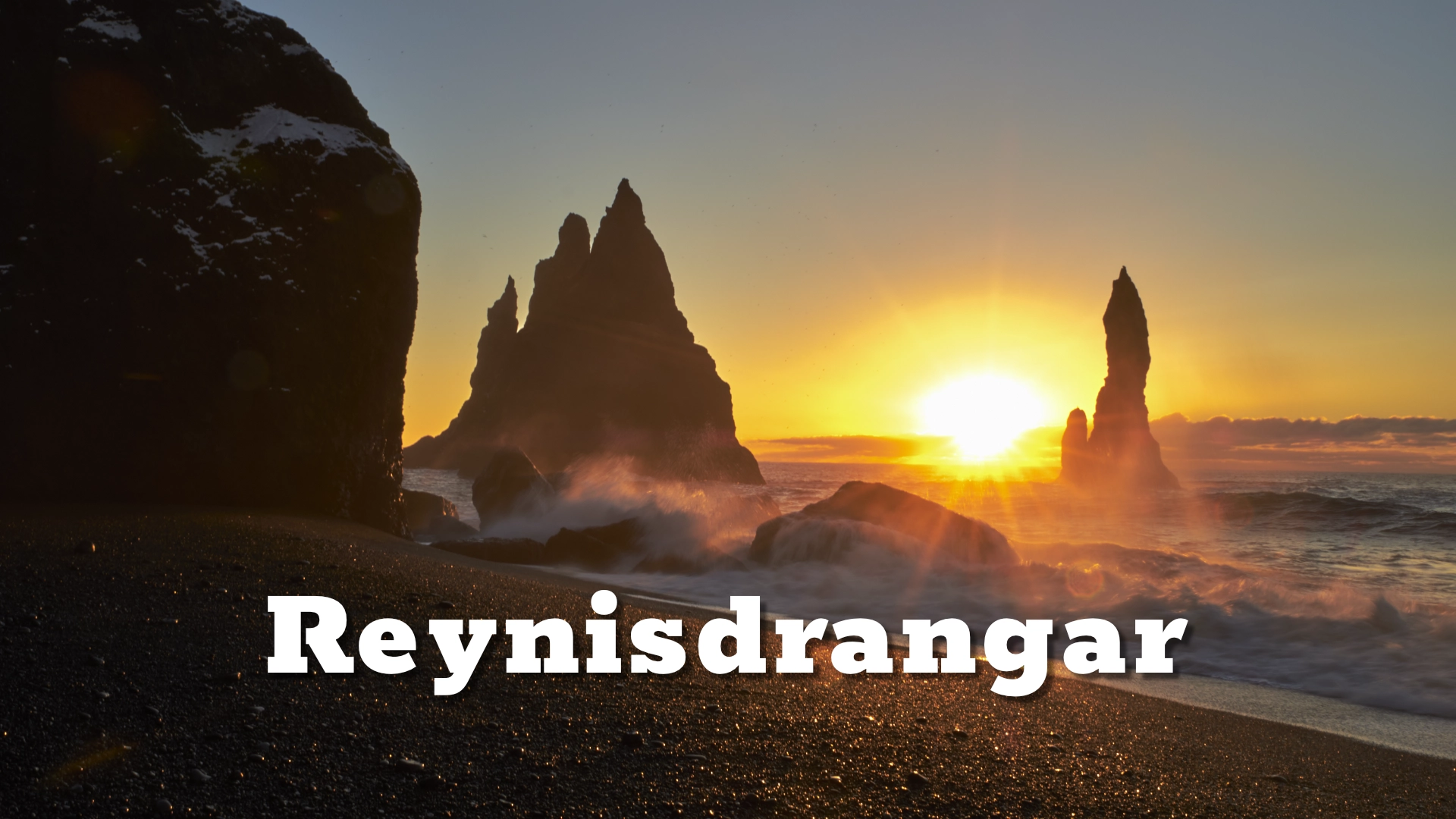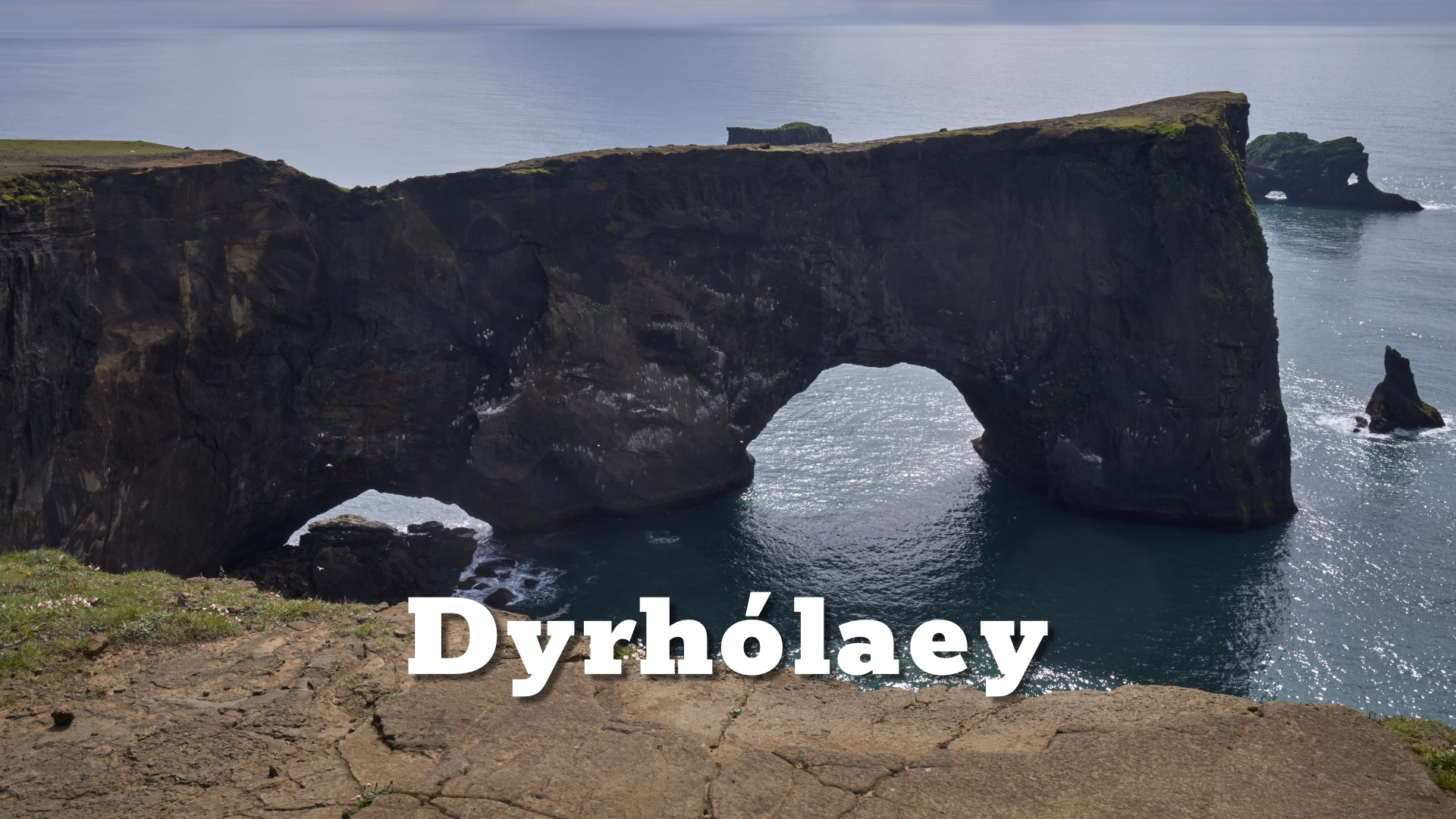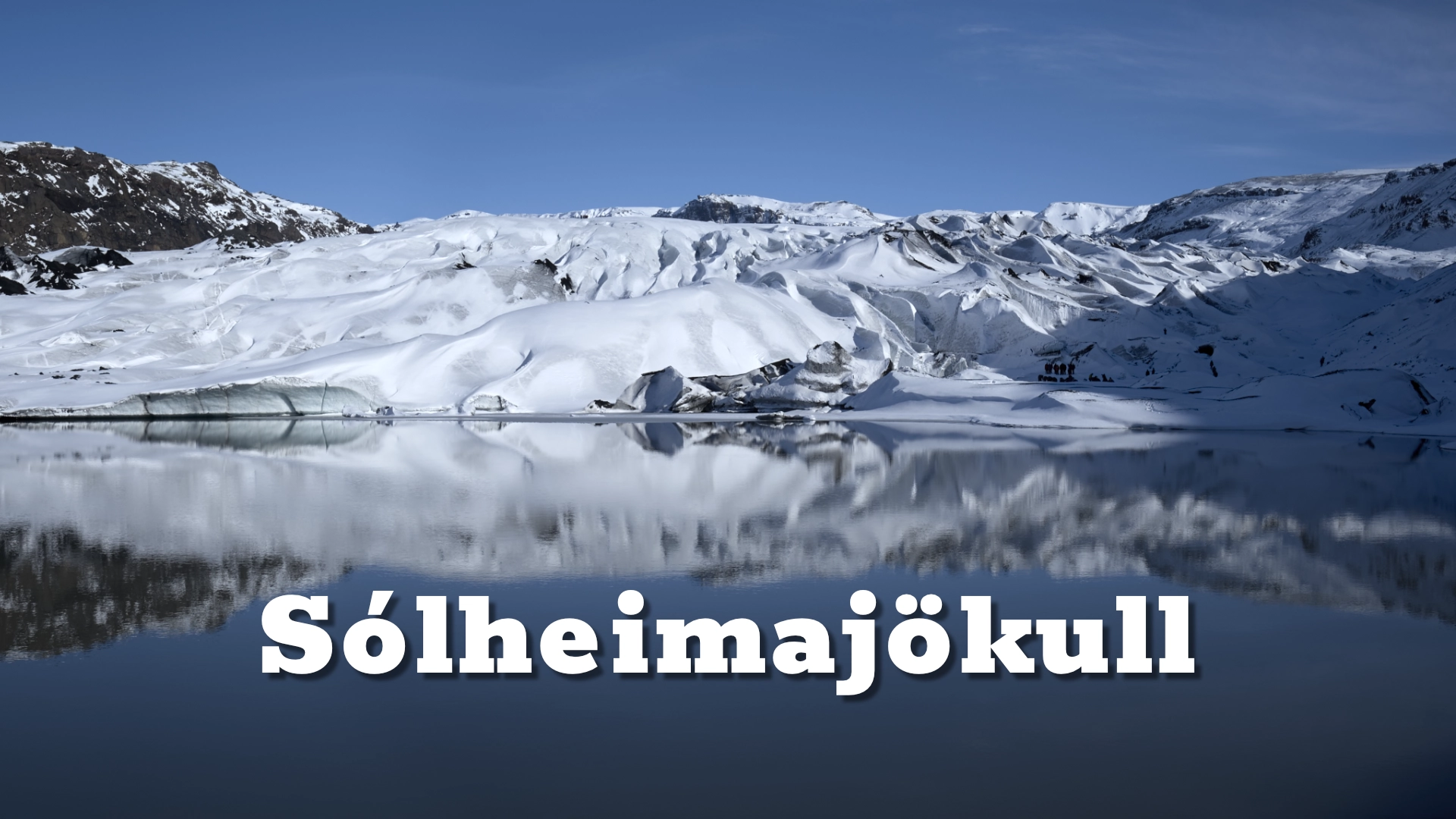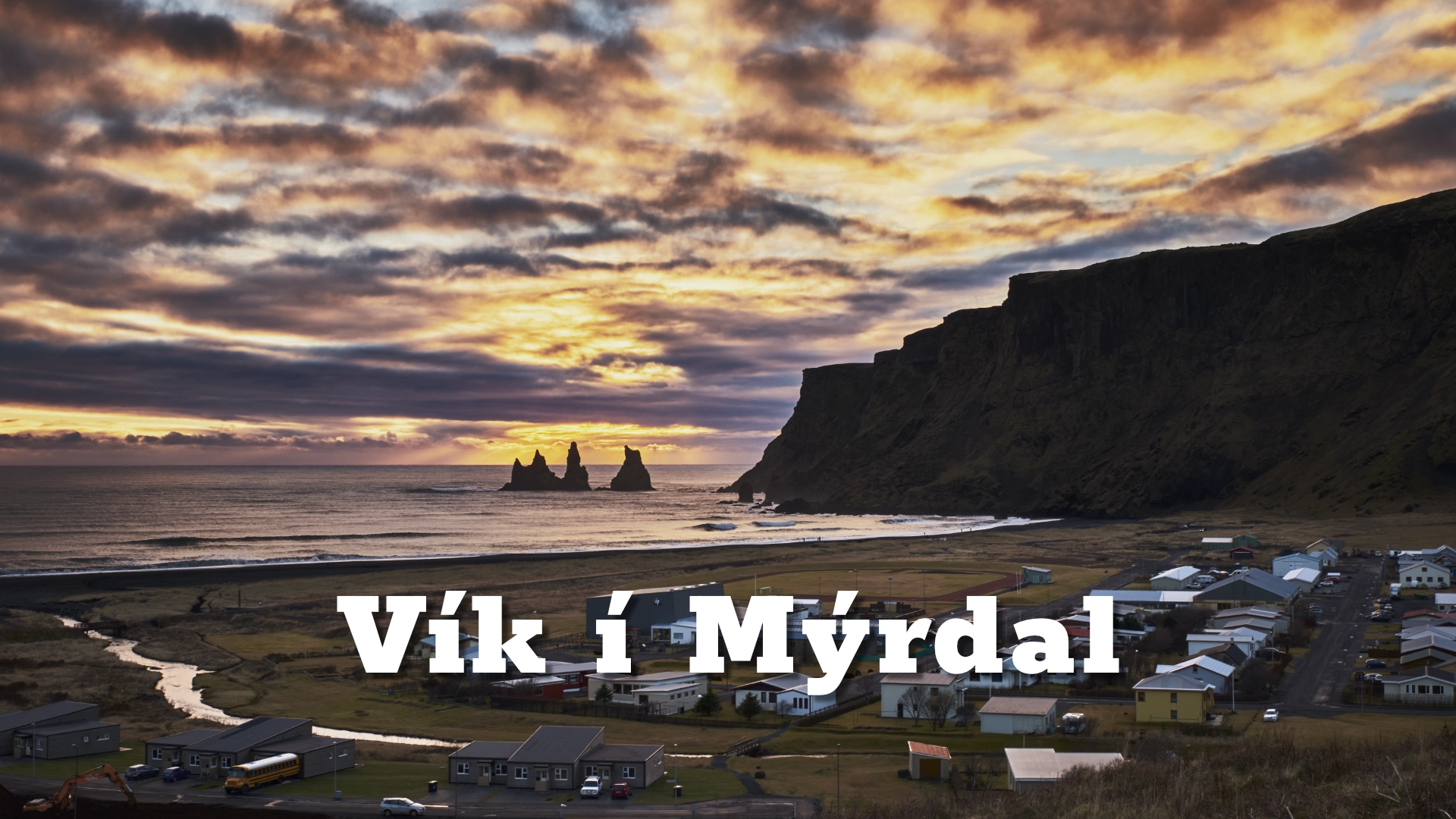
Vík í Mýrdal or just Vík as the locals call it is a remote seafront village in south Iceland and is the southernmost village on the Icelandic mainland, located 186 kilometres (110 miles) from the capital Reykjavík. Vík has been a trading post since 1887 and is today one of the fastest growing communities in Iceland as it is the central town in the Katla UNESCO GLOBAL Geopark
The location of Vik I Myrdal
Latitude
63.4190426
Longitude
-19.006498
The Locomotive Elite
What do Donald Trump and Iceland’s Locomotive Elite have in common?
Far more than you think.
In The Locomotive Elite, you’ll uncover how a tiny clique in Iceland captured extensive control—of banks, courts, media, and even the central bank.
For decades they ruled, first democratically, then through corruption and in the end through crime, enriching themselves and their cronies while dismantling oversight.
The result?
One of the most spectacular financial collapses in modern history.
Photography tips:
It’s important to use caution when visiting this area, particularly at high tide. There is no landmass between here and Antarctica and the Atlantic rollers can attack with full force. Though the beaches make for a lovely walk, particularly for those staying in Vík overnight, as they can be enjoyed under the midnight sun or northern lights, they have their dangers. Sneaker waves can be notorious here, so visitors should stay far away from the water’s edge, and never go for a swim. Lives have been lost here in the resent years.
